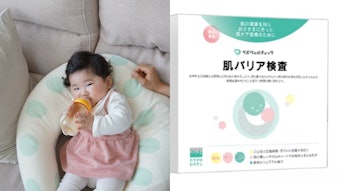The skin is the largest organ of the body and changes in skin appearances largely determine whether someone looks young and healthy or not. Healthy appearances and smooth skin are important features for the subjective wellbeing of humans, whereas wrinkles and loss of elasticity are indicators of the aging process and, therefore, not always a welcome friend.
Commercially, much attention is given to delaying the effects of aging through promotion of moisturizing creams and other anti-aging lotions. Their widespread use is generally based on the consumer’s subjective assessment of the skin condition, rather than on objective features of the skin itself. To date only few studies have reported on the association between objective and subjective skin measures. In this study various subjective and objective skin conditions were evaluated and the associations between these measurements were examined for a way to substantiate how certain behaviors and skin care product usage affect skin condition, especially in relation to delay of aging.
Subjects and Methods
Participants in the study were 302 healthy men and women, aged 18 to 75 years. Volunteers were recruited from the pool of volunteers of TNO Nutrition and Food Research and through advertisements in local newspapers and regional television broadcast. Informed consent was obtained from all subjects.
Skin questionnaire: A self-administered questionnaire (Figure 1) was used to obtain information on skin type, prevalence of skin disorders, general opinion on skin appearance, skin hypersensitivity and skin care product use. Where applicable, discrimination was made between skin on the face and skin on the rest of the body. In follow-up tests two years later, the questionnaire demonstrated high reproducibility and low within-person variability (see sidebar).










